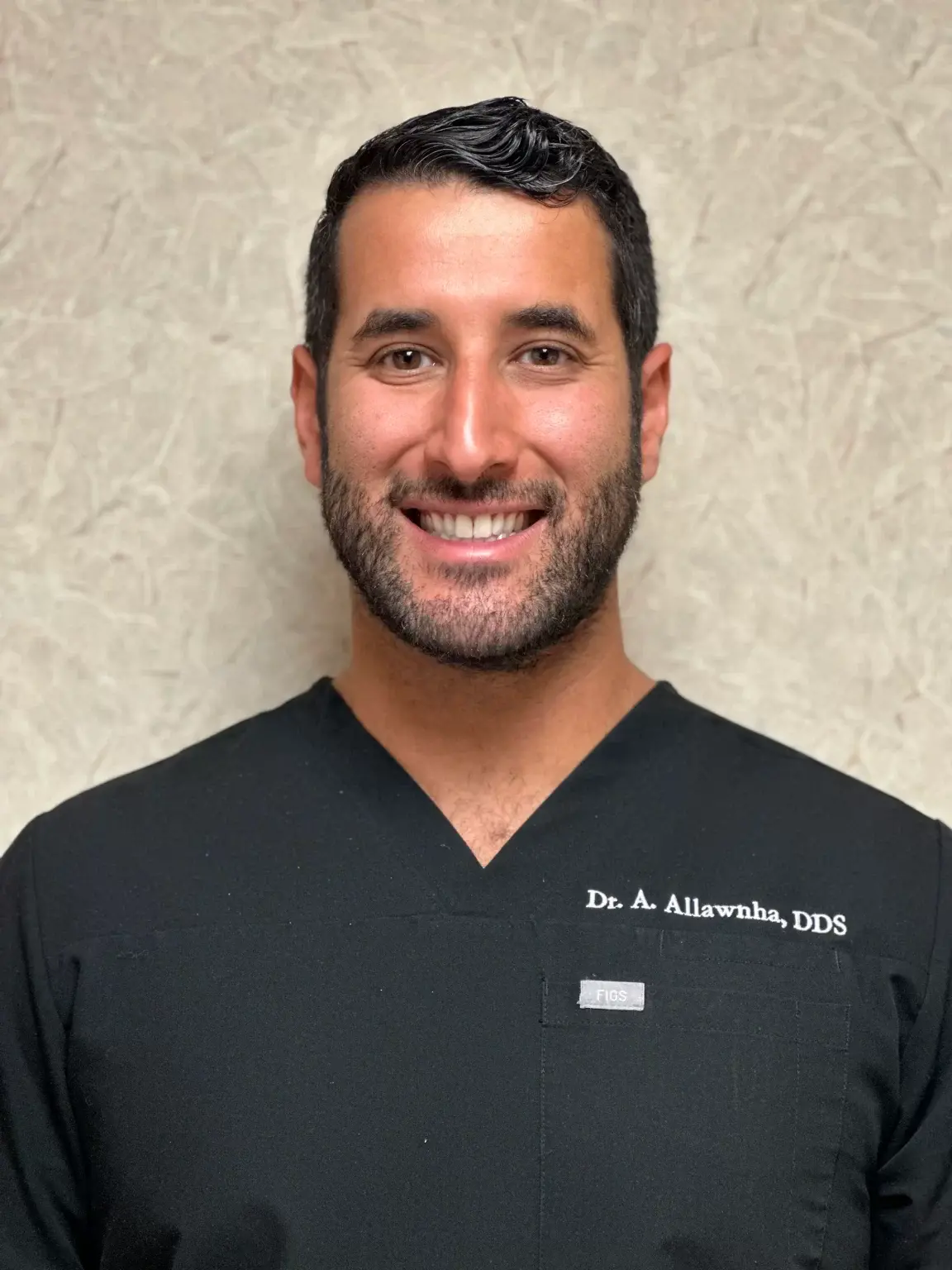Anxiety and concern about pain during dental procedures affect around 10-30 percent of people. Their anxiety can cause delays in getting treatment, which can lead to more severe problems.
Anesthesia has been around for over 175 years, the first documented use being in 1864 using ether. Since then, we’ve made great strides in dentistry and anesthetics, which have become essential tools to help patients be more at ease during procedures.
However, you might get confused due to so many options available. We’re here to help you learn more about sedation and anesthesia differences so you’ll feel more confident in your next appointment.
Sedation vs. Anesthesia: Are They the Same?
Anesthesia is a medical treatment that prevents patients from feeling pain and eases anxiety during surgeries, screenings, diagnostic tests, and dental work. Medical professionals use drugs called anesthetics, and each type of anesthetic produces different effects and levels of consciousness.
Sedation and anesthesia are different forms of anesthesia, but they differ in several ways. Here are the different types of anesthesia to help you understand the difference between sedation and anesthesia easily:
Local Anesthesia
Dentists and other medical professionals use local anesthesia for simple, more straightforward procedures that don’t take a lot of time to do. They are applied topically to the area to be treated; sometimes, light sedation may be added to help patients relax.
They usually start working 10 minutes after they are applied and can last for 30 to 60 minutes. Your dentist may also add drugs like epinephrine to increase their effectiveness and keep it from spreading to other body parts.
You are conscious and can communicate when you’re under local anesthesia. It numbs the area it’s applied to, so you won’t feel any pain from that area.
Sedation
Sedation helps ease anxiety, prevents patients from feeling pain, or keeps patients still during a procedure. Some levels of sedation keep you conscious and capable of responding to commands. Some may lead to procedure amnesia.
Sedation medications can be taken as a tablet, inhaled, injected into your muscles, or through an IV.
Medical professionals can also achieve sedation at various levels, from mild to deep. You won’t be aware of your surroundings during deep sedation and will only respond to repeated painful stimulation.
IV sedation poses more risks than local anesthesia. Medical professionals will monitor your blood pressure, heart rate, breathing, and pulse closely during sedation.
General Anesthesia
Dentists often use general anesthesia for longer procedures or if their patients have anxiety that may interfere with their treatment. It is often administered via an IV or face mask.
General anesthesia will leave you completely unconscious without feeling pain. Your muscles will relax, but you may not recall anything while under it. General anesthesia, however, may also have different risks.
Who Are Candidates for Sedation and Anesthesia?
Your dentist will discuss your options with you and make recommendations before you decide between anesthesia or sedation. Your dentist may recommend these options if you need wisdom teeth extraction or dental implants.
Dentists often recommend conscious sedation for patients with dental fear or anxiety, stress-related medical conditions, or those undergoing a complex procedure. They can also use it on patients with strong gag reflexes.
Special Precautions for Sedation and Anesthesia
You and your dentist must discuss whether you should undergo sedation or anesthesia in certain situations. Pretreatment discussions should include consent for treatment. It’s also the best time for you to ask about the risks and safety precautions to ensure a positive outcome.
Some situations that will need precautions include:
Special Needs
Children and adults with special needs are at greater risk with anesthetics. A study showed that children with cerebral palsy experienced the most severe adverse reactions to general anesthesia.
Dentists will need to carefully evaluate children with or without special needs to determine the type and level of anesthetic they require. They may also need to make dose adjustments for children to avoid overdose and adverse reactions.
The Food and Drug Administration (FDA) has warned about numbing agents used to treat teething pain. Children under two years old should not use these products without consulting a healthcare professional.
Pregnancy
Your dentist or surgeon may discuss the risks and benefits of anesthetics for you and your baby if you are pregnant.
Older Adults
Older adults may also need dose adjustments and careful monitoring during and after the surgery to ensure their safety. Some older adults experience delirium, confusion, or memory problems after surgery.
Neurologic Conditions
General anesthesia is not recommended for patients with a history of strokes, Alzheimer’s, Parkinson’s, thyroid disease, mental illness, or other serious illnesses.
Liver, Kidney, Heart, or Lung Problems
Dose adjustments may be necessary for patients with liver, kidney, lung, or heart disease. Drugs may take longer to leave the body and cause a more potent effect.
Others
You should inform your dentist if you have:
-
Hiatal hernia
-
Acid reflux
-
Allergies
-
Mouth infections or sores
-
Severe nausea and vomiting due to anesthetics
-
Prescription medications that make you drowsy
Risks of Sedation and Anesthesia
Local anesthesia is not known to cause adverse reactions in most people. On the other hand, sedation and general anesthesia pose higher risks, particularly for older adults or people with other health problems.
Patients with a history of bleeding disorders or medications that increase the chance of bleeding, such as aspirin, also increase your risk.
Always let your dentist know if you are taking opioids or gabapentin or anxiety medication like benzodiazepines so they can adjust your anesthetic dose correctly.
Key Takeaway
Feeling anxious about dental procedures is normal; however, it can cause complications. Discuss your concerns or expectations regarding the procedure with your dentist or see if sedation and anesthesia will suit you.
Your dentist will recommend anesthesia and sedation based on your needs and the procedure you will have. They can provide different levels of sedation and anesthesia, each with its own benefits and risks. Dentists also take special precautions in certain situations like pregnancy, special needs, and more. Sedation and anesthesia are also not without risk; always discuss things with your dentist and tell them everything they need to know about your medical history.
Experience painless procedures with Century Dental.
Our dentists in St. Pete Beach provide sedation and anesthesia for their patients to help them avoid feeling any pain during dental procedures and to ensure a better dental experience. Call us at (727) 367-3133 for any questions or concerns you may have; we’ll be there to help.





